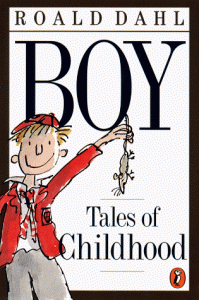Murder Most Unladylike, by Robin Stevens
‘Last year we had the Pacifism Society (dull) and then the Spiritualism Society (less dull, but then Lavinia smashed her mug during a séance, Beanie fainted and Matron banned spiritualism altogether)’
Detective society formed by plucky young girls? Check.
Cheerful 1930s boarding school setting? Check.
Bunbreak? Check.
I mean, what more could you want in a book? Oh yes, perhaps a minority ethnic heroine and strong sense of social justice. Murder Most Unladylike is the first in the eponymous series by Robin Stevens, which currently consists of five books and counting. These are children’s books with an awareness of wider issues, blended beautifully into a fun vintage setting. They are full of period detail, and perfect for fans of Agatha Christie or Dorothy L. Sayers. Murder Most Unladylike is one of two which take place at Daisy and Hazel (the Detective Society’s leaders and only members) school, Deepdean School for Girls. And who doesn’t like a jolly 1930s school story? Particularly one with multiple maps in the front. We all know how I feel about maps in books.
Reading the book it is clear that Robin Stevens is American, but I don’t think this detracts from its charm. The story is narrated in the first person by Hazel, taking the form of her casebook for the Detective Society’s investigation into the murder of Miss Bell. I love the fact that Hazel is not British, having been sent from her home in Hong Kong to attend school in England. As well as highlighting this often-neglected aspect of British history, it resonated with me as someone who has lived as an expat myself.
Murder Most Unladylike follows the good old children’s literature tradition of allowing children to deal with things that no real child would ever be trusted with, which is always entertaining (even if one does feel a little inadequate for not having investigated any murders when one was 13…). The absence of parents is at least convincingly explained by the boarding school setting. This is something at least.

